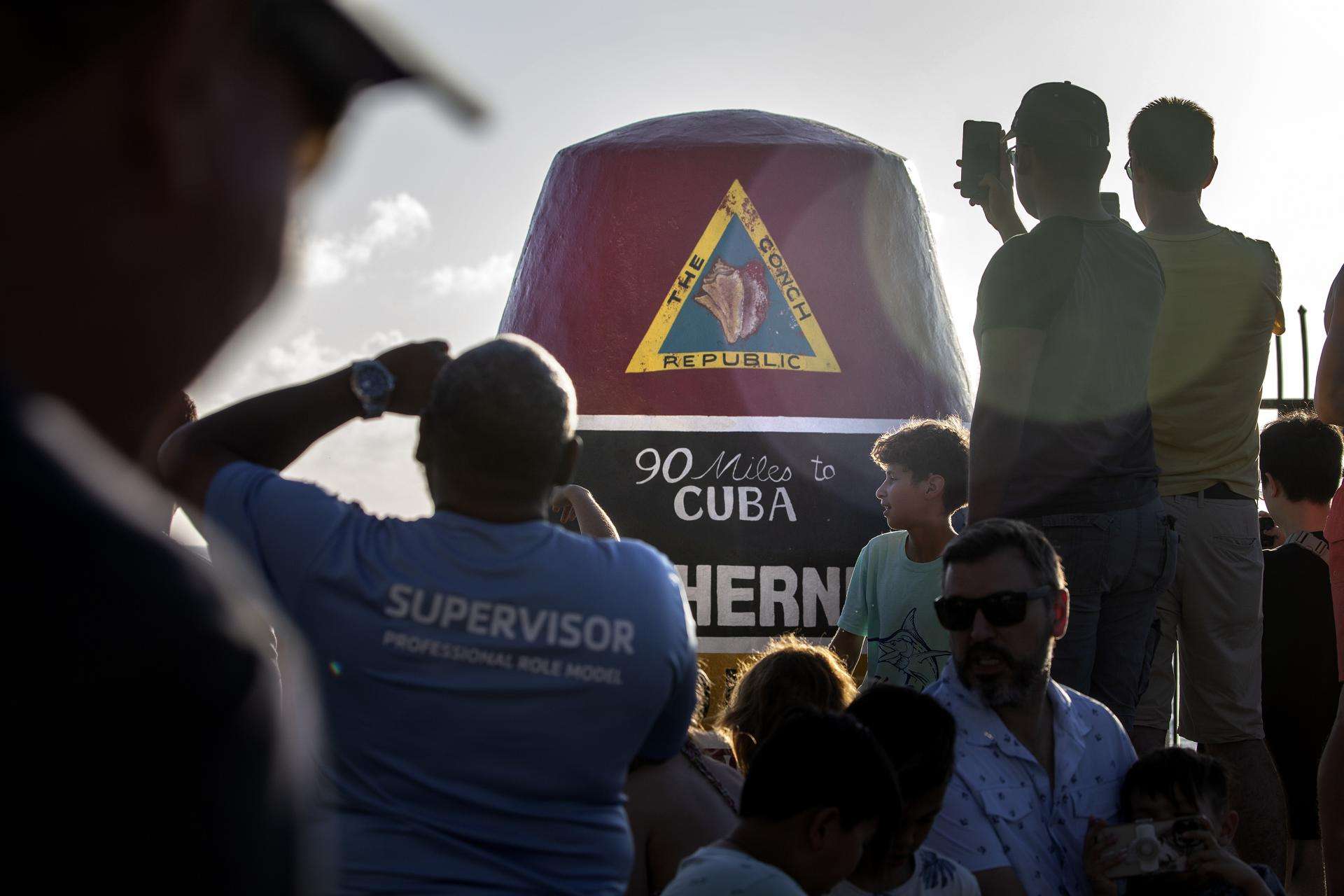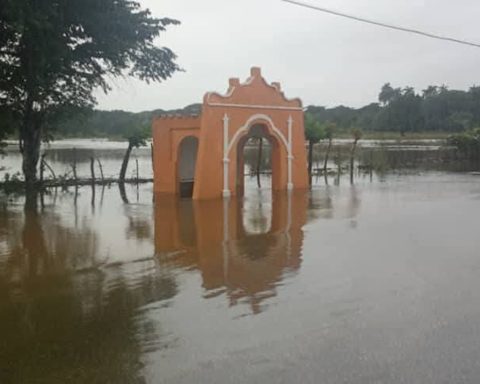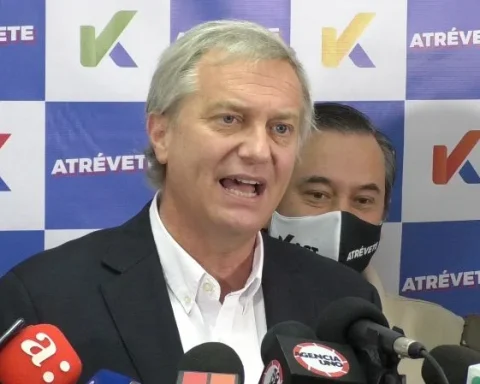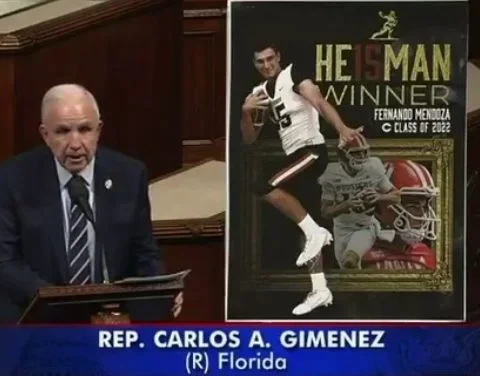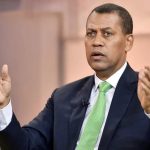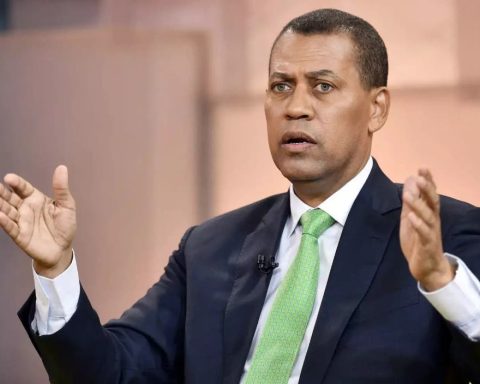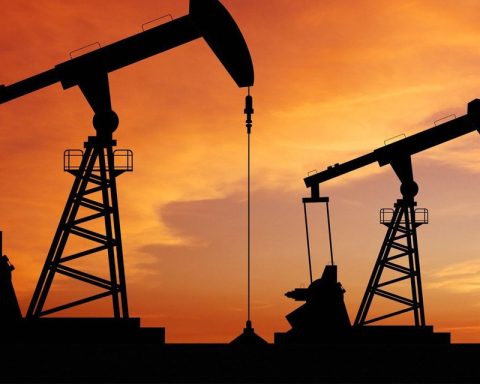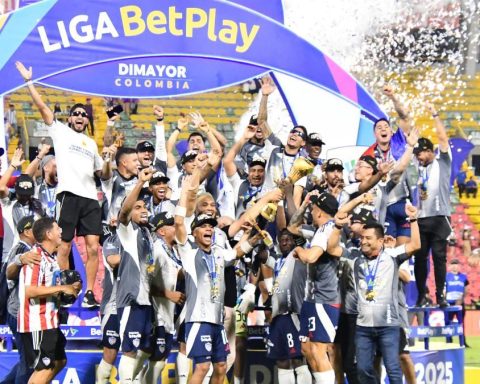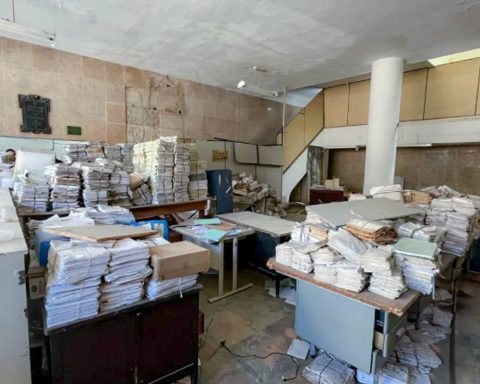The 50th anniversary of the Paris Agreements, which ended the US invasion known as the Vietnam War. Those agreements, negotiated by Le Duc Tho and Henry Kissinger, decided the definitive withdrawal of the US troops from South Vietnam. In addition, they paved the way for a national unification that was the exclusive work of the Vietnamese.
This is a propitious occasion to remember that it was Ho Chi Minh, not the CIA or USAID, who had the idea of creating, at the height of the war, the people-to-people lane. It would be the communicating vessel with the anti-war movement in the United States, to consolidate a political and social combat front and contribute significantly to weakening the pure and simple military force.
That Vietnamese strategy was not limited to resisting in the theater of war. In addition, it forced the enemy to fight on several fronts at the same time, including the moral one. In this, his troops were exhausted, subjected to increasing political isolation, also within the United States.
If it is a question of thinking about Cuban policy towards the United States today, are those Vietnamese lessons of any use?
The reader will tell me that I am dreaming of a Cuba that is for the United States like the Vietnam War. Or that he has the sympathies he had in the 1960s among the progressive and civil rights movements in the North. Naturally not. However, it is relevant to think about that strategy of Ho. Despite the vast differences, the lessons of realism and intelligence from him remain. As well as the attachment to the principles that founded the cause of national liberation and the ideology of the socialist revolution in Southeast Asia.
In the previous article I mentioned that the weakest link in the blockade is people-to-people contact. And that, despite the black list of terrorist countries, the more than 240 measures of Trump and everything that hangs on them; of the acute economic crisis; the anxieties of everyday life; the ban on staying in numerous hotels; despite the return to the mirror of the tropical gulag and the reflection of “the repressive scenes of July 11” and “people fleeing to freedom”… Despite all that black cloud, large numbers of Americans and a quarter of a million Cuban Americans visited Cuba in 2022.
Having reviewed the landscape of uncertainties that continues to characterize US policy toward Cuba, and the factors that frame it, I wondered if anything could be done here to take steps toward a more normal relationship. And, although the compass of Cuban policies at this moment cannot be other than the search for effective responses to the crisis, to the problems and needs of the transition to the new order based on the 2019 Constitution, I wondered to what extent What happens in Cuba, both in the economy and in politics, culture, public debate, laws, could directly affect these relations.
Penetrating the layers of the problem, beyond the legitimate and heartfelt wishes and hopes of each and every one, requires peel them with a cool head.
Cuba has managed to get almost the entire United Nations to condemn the US multilateral, global, extraterritorial embargo, summarized in the term blockade. It has been a repeated victory for Cuban diplomacy. Having reached the 30th ballot, however, it can be seen that the armored armor of that blockade has prevailed. Not only do bilateral transactions remain at a standstill, but around the world commercial and financial institutions, corporations, banks, continue to fear the implications of acting against them—including those of our allies.
Obama’s short summer demonstrated that Cuba and the US had common interests, on which more than twenty agreements could be built; and that the political will of the two governments was enough for the confrontational tone of the Cold War to vanish. That a US president could visit the island; appearing on the most popular comedy show and attending a ball game at the Latino; meet in public with the civil society chosen by him and with TV coverage and, even, fulfill the rite of meeting in private with the organized opposition.
Despite the discontent with the rapprochement, not only in Miami, but also in Havana, what happened in those twenty-five months showed that Cuba was prepared to respond to the dynamics of normalization and, in particular, to accept the challenges of the people lane. to town.
Later it would be revealed that a presidential election there was enough for the progress to be frozen, and a part even reversed. Six years have passed and we continue to lament that fatality, as if the time of relationships had been put on hold and we were trapped in some kind of limbo.
However, that probability was always part of the premises of normalization. It is a process that does not occur in a test tube or contained in MOUs. In addition, it suffers from the contradictions of politics.
Instead of the daily complaint about the doom of the blockade, shouldn’t we learn from what happened, and continue to prepare for a more normal relationship with the US? Instead of remaining stuck in the alley of miracles, waiting for those who can push towards the recovery of the side there, and want to do it, what is within our reach that does not require resources, but rather political decisions?
When it comes to people-to-people initiatives, the first thing to note is that they do not depend on the institutions in charge of foreign policy. For the existing Cuban civil society to contribute to multiplying the channels of meta-diplomacy, internal policies are required to facilitate it.
The example of Vietnam is inspiring. A broad coalition of organizations and groups called the Fatherland Front actively managed people-to-people relations. The coalition, capable of communicating with very diverse sectors of American society, included social, labor, youth, religious, cultural, and also political organizations, such as the Viet Cong, the Democratic Party, and the Socialist Party of Vietnam. Under the arch of the Vietnam Fatherland Front there was room for various ideological expressions, in a wide spectrum of left, nationalist and progressive.
Let’s say, one of these organizations, the Vietnam Union of Friendship Organizations (VUFO) has been much more than an interlocutor with solidarity groups in the world. Its functions have included, for example, “diversify and multilateralize fraternal relations, to promote the cause of the defense of the Nation of the Vietnamese people”; “encourage overseas Vietnamese to orient to their motherland and support activities that enhance friendly and cooperative relations between Vietnam and other countries in economy, culture, education, science, technology”; as well as taking charge of everything that falls within “people-to-people diplomacy.”
Those Vietnamese who reside outside the country (the majority in Orange County, California) do not constitute a socially and ideologically homogeneous group. Its political representatives in the state legislature and in Washington are not exactly sympathetic to the Communist Party of Vietnam; rather the opposite. But his relations with the Government of Hanoi do not go through the connection to the American political system. They go through a policy built outside of US-Vietnam bilateral relations. It is based on legitimate interests towards a common homeland, the promotion of their standard of living, culture, economic development, religious creeds, traditions.
In the case of Cuba-USA. In the US, people-to-people relations have occurred rather spontaneously. The churches, for example, have taken the initiative; especially since the years of the Special Period. They have interacted with their counterparts from both sides, facilitated visits, exchange programs (including donations and charity actions towards vulnerable groups). Of course, this flow makes use of prerogatives granted by regulations and established policies that enshrine religious freedom and church-state relations.
Other exchanges have been academic, cultural, scientific, developed since the 80s. Against the grain of difficulties and restrictions due to lack of visas; little access to field research, technologies, databases, and larger-scale student exchange programs; both sides. Although Cuban politics has generally supported these initiatives, the exchanges have had as protagonists teachers, artists, scientists, and other intellectuals who have managed to overcome the legacy of suspicion and distrust enthroned in our institutions.
Despite these advances, professional associations, unions, student and youth organizations on the island could have a much more active presence in relations. As with the many organizations that express, in the US, social movements such as women’s liberation, LGBT+, civil rights, environmental protection, community interests…
Cuba finally enacted a company law, which allows micro, small and medium-sized companies. But it has not just given birth to an Association Law. In theory, under the current law, issued almost forty years ago, there could be an Association of MSMEs —although my acquaintances in the sector consider it unlikely. If tomorrow the Alabama Chamber of Commerce wanted to meet with representatives of the private sector, it would do so with a group of businessmen selected at random or deliberately by the person in charge of coordinating the meeting. The absence of an institutionalization that represents and galvanizes their interests and purposes harms the private sector, but also the country. Especially since institutions are not built overnight.
Of course, civil society is much more than businesses and churches. The first time I had a long stay in the US, I slipped into a municipal assembly, in which the neighbors exercised direct democracy, a town meeting. Listening to parents intervene around the problems of the schools, and the head of education of the municipality responding to them, sounded familiar to me. How could we find out that we have things in common in the exercise of government at the local level if we don’t know each other? Or is it that someone fears that we will catch capitalism by sharing how we solve them on both sides?
As regards “sister cities”, “subnational” foreign relations generated by local governments and institutions, they can exist and multiply, like so many others, despite the blockade. Increasing the contact surface between both companies contributes to opening holes in the wall. Make it look more like a sponge or Swiss cheese.
It is about learning to live with them, with benefits and inevitable challenges, and to deal with the challenges of peace. It is a way of anticipating a future that may come sooner than imagined. Drawing strength from internal changes to renew foreign relations, with the world and with the United States, is also learning about ourselves. After all, wasn’t that the Revolution?
Read the first installment of this series here.
